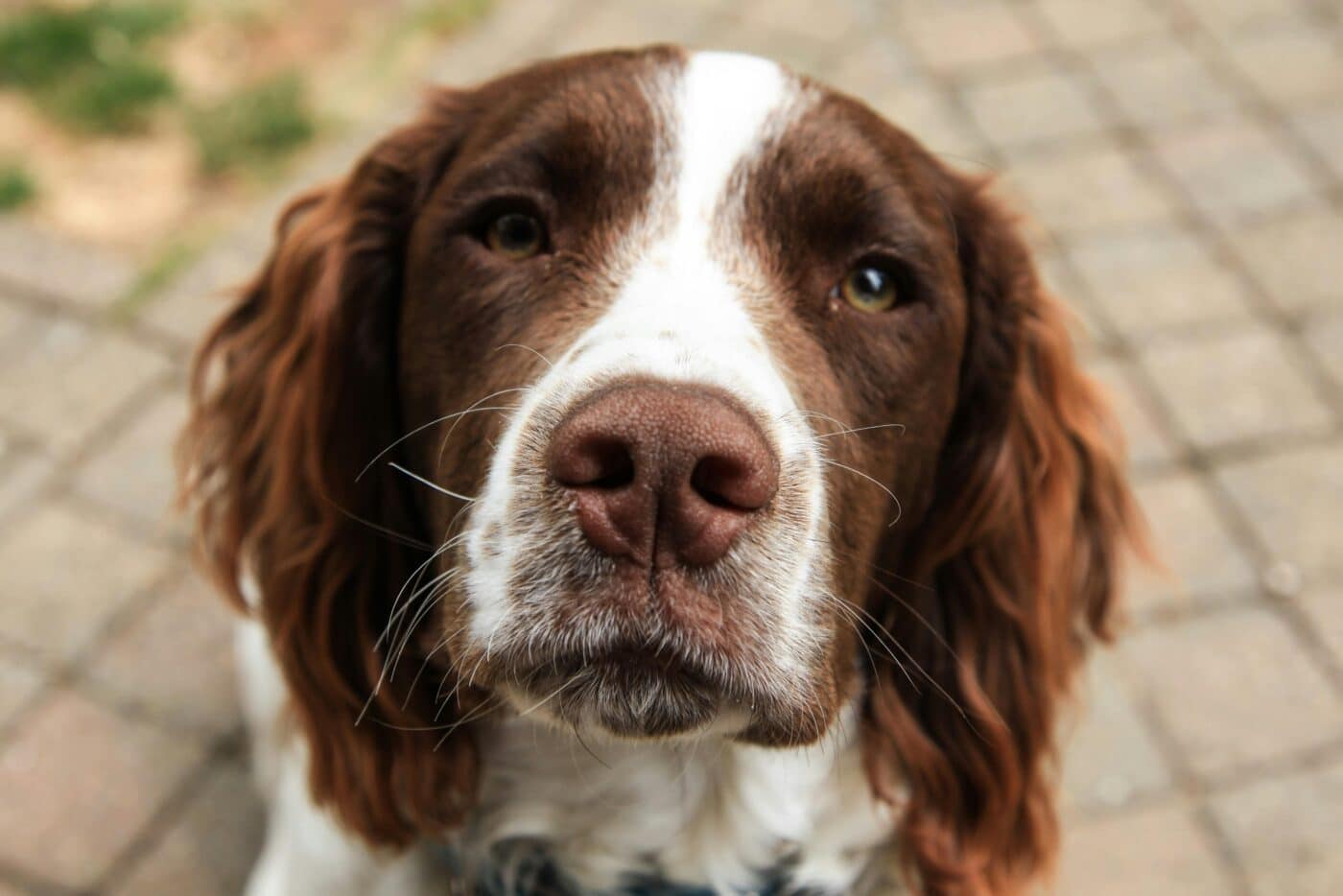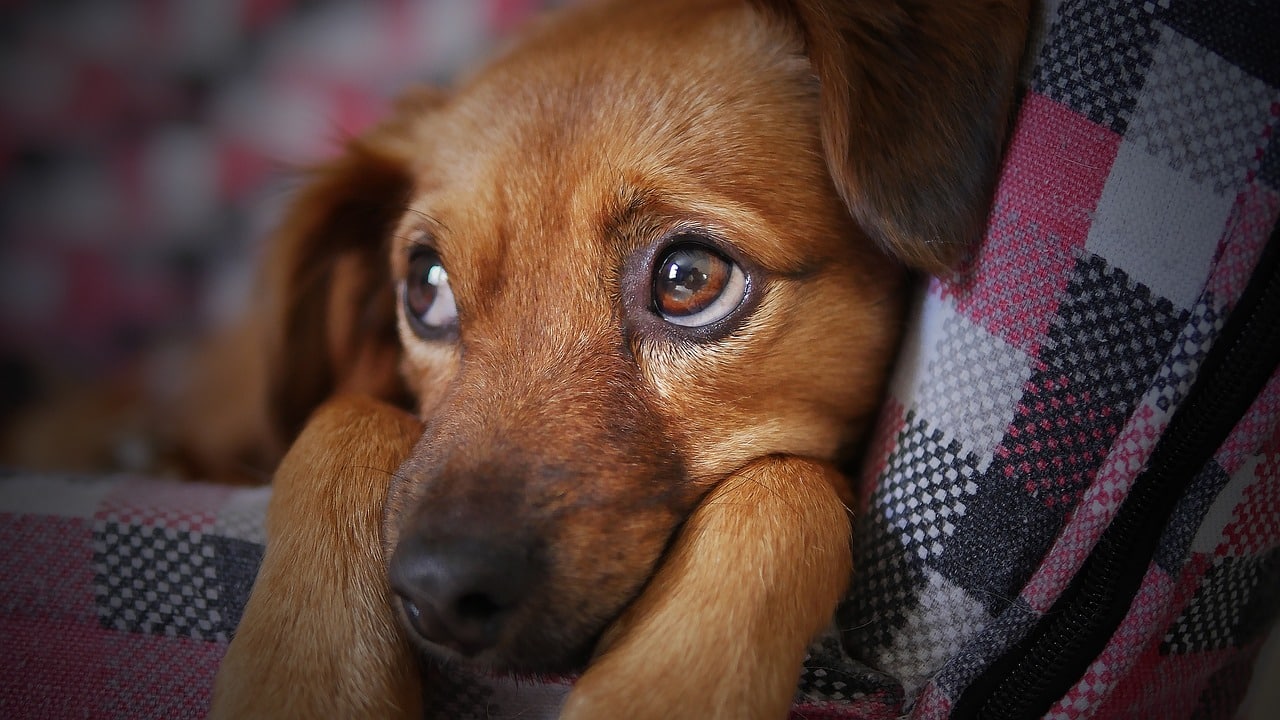

While dogs are known for their incredible sense of smell and acute hearing, their vision often raises questions. Can they see colors, and how do those colors affect their behavior? Unlike humans with trichromatic vision, dogs have dichromatic vision, perceiving a more limited range of colors. Despite this, color still influences how they interact with their surroundings. Understanding how dogs see colors and how it impacts their behavior can offer valuable insights into their unique perception of the world and enhance how we engage with our canine companions.
Blue and Yellow

Blue and yellow are the most distinguishable colors for dogs. Toys or objects in these hues are more likely to catch their attention and be perceived clearly. A bright blue ball or a yellow frisbee can be more exciting to a dog compared to a red one, which might appear as a dull brown or gray. This is why many dog toys are designed in blue and yellow colors. When playing with your dog, choosing items in these colors can enhance their play experience, making it easier for them to spot and interact with toys.
Red and Green

Colors like red and green are harder for dogs to distinguish. Due to their dichromatic vision, these colors appear muted or indistinguishable from one another. For example, a red toy might look brownish or gray, blending into the background or appearing less vibrant than a human would perceive. This can affect how dogs interact with toys and their surroundings, as they may not react as strongly to red or green objects. Understanding this helps explain why some dogs might lose interest in certain toys that aren’t easily discernible due to their color.
Orange and Purple

Orange and purple are interesting cases when it comes to a dog’s color perception. Orange, a mix of red and yellow, often appears as a dull yellow or brownish tone to dogs. Purple, which combines blue and red, is usually perceived as a shade of blue. This means that while a bright purple toy might catch your dog’s eye to some extent, it won’t be as striking as a purely blue one. Similarly, an orange ball might blend into the background, appearing less vivid and engaging than a yellow one. Understanding how these colors look to dogs can help pet owners select items that their pets can better appreciate.
Gray and Black

While dogs can’t perceive all the colors humans can, they do see various shades of gray and black quite clearly. These neutral tones are a natural part of their visual world. Dogs can easily spot a dark black ball against a bright background or a light gray toy in a contrasting environment. However, when combined with low-contrast settings, these colors might become harder to distinguish. Toys or items with contrasting patterns—such as black and white stripes—can be highly engaging for dogs, offering a level of visual interest that plays into their perception of light and shadow.
The Influence of Age on Color Perception

A dog’s age can affect how they perceive colors and react to their environment. As dogs age, their eyesight can deteriorate, leading to changes in how they see colors and objects. Senior dogs might find it even harder to distinguish between certain colors, making bright, contrasting items more important for maintaining interest and interaction. Providing older dogs with blue and yellow toys or items with high contrast can help maintain their activity levels and prevent the frustration that could arise from visual challenges.
Color and Emotional Associations

While dogs don’t have the same emotional associations with color as humans do, their reactions to different shades can still affect their mood and energy levels. For example, environments with blue and yellow tones may promote a sense of calm and happiness, as these are colors that dogs see more vividly. In contrast, a room full of red and green might appear dull and uninteresting, impacting a dog’s willingness to explore or engage. Although dogs don’t “feel” colors the way people do, their interactions with environments can be influenced by how colors appear to them.
When Your Dog’s World is a Palette of Grays and Blues

Dogs’ unique color perception shapes how they interact with the world. While their vision is more limited than ours, it’s perfectly adapted to their needs, focusing on movement, contrast, and colors like blue and yellow. Understanding how dogs see colors helps you choose toys and training tools that grab their attention and keep them engaged. So, next time you toss a toy, remember it’s not just about the throw—choosing the right color makes your dog’s eyes light up and their tail wags with joy.
The post A Dog’s Eyes: How Dogs React to Different Colors Around Them appeared first on iHeartDogs.com.
